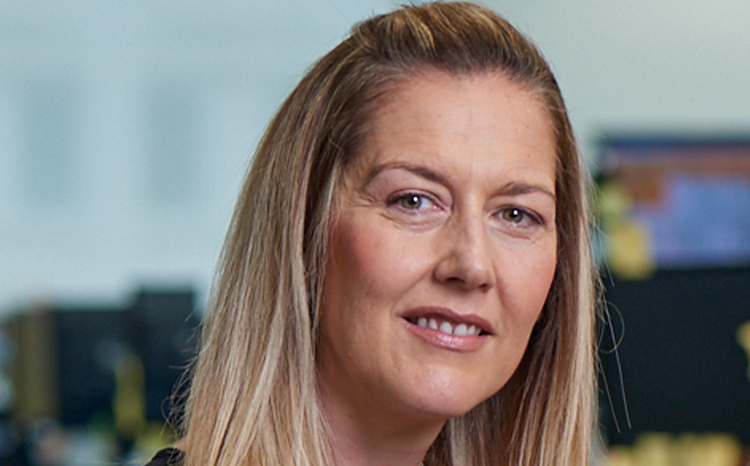Barts Health NHS Trust deploys Clinithink AI to help diabetic patients
- 19 August 2021

Barts Health NHS Trust has deployed AI technology from Clinithink which will scan millions of documents and help identify those with diabetic foot problems.
The technology, which uses natural language processing to review documents, was able to scan 14.2millions documents relating to 775, 217 patients. In doing so it found 30% more patients with diabetes and 375% more patients suffering with a diabetic foot condition.
By identifying new patients with the potentially serious complication of diabetic foot diseases, clinicians were able to intervene with earlier treatments and save feet and limbs from amputation.
Dr Charles Gutteridge, chief clinical information officer (CCIO) at the trust, said: “Attempting this scale of analysis manually would have been frankly impossible.
“Theoretically it would have taken one clinician over a hundred years to review that volume of documents. So not only does AI technology help us find patients who we couldn’t otherwise find, it also saves precious clinical time.
“This is a first and most important step in being able to treat many patients earlier than would have been possible using a manual process to find them and preventing the serious complications that may result in amputation.”
The team at Barts Health also intend to extend the use of AI, so that it can be used to help predict which patients are most likely to develop severe complications of diabetic foot disease. The characteristics identified by the software in the cohort it studied will be used alongside input from other sources to make predictions that could potentially save many patients from surgery.
Mr Sandip Sarkar, consultant vascular surgeon at Barts Health and lead clinician for the project, said: “Using this advanced AI technology, we are very excited about the possibility of being able to predict which patients are most likely to experience the worst consequences of DFD.
“This will enable us to focus our precious clinical resource on those patients likely to benefit most from early intervention, which will also reduce the burden on hard-pressed acute services. This is how we need to manage chronic disease in the post-Covid era.”
Chris Tackaberry, CEO and co-founder of the Clinithink, added: “We have always seen a role for AI technology from a population health perspective in identifying and predicting at-risk groups. It is also very encouraging to see the saving in clinical time and effort that results from using our technology to do the heavy lifting that would otherwise have to be done manually, or not at all. We look forward to continuing our collaboration with Barts Health in the next phase of the project.”
AI technology is increasingly being incorporated into NHS trust’s plans for digitalisation. Last month we reported on Guy’s and St Thomas’ NHS Foundation trust teaming up with King’s Health Partners Experimental Cancer Medicine Centre to trial AI software that matches cancer patients with clinical trials. The Medicines and Healthcare Products Regulatory Agency (MHRA) has also recently committed to boosting interoperability with smart solutions like AI.




